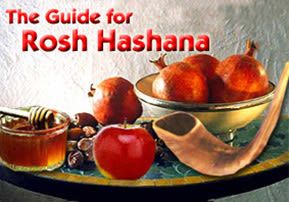
Guide to Rosh Hashanah
Here are basic guidelines for the Rosh Hashanah (New Year) holiday.

Rosh Hashanah is observed on the first and second day of the month of Tishrei.
In the Torah, Rosh Hashanah is referred to as Yom Ha-Zikaron (the day of remembrance) or Yom Teruah (a day of shofar blowing).
Rosh Hashanah is celebrated for two days, both in Eretz Yisrael and outside of Eretz Yisrael. In 2023, Rosh Hashanah begins at sundown on Erev Shabbat and ends after sundown on Sunday evening. The celebration is marked with solemnity, since on Rosh Hashanah the entire world is judged for the coming year.
Rosh Hashanah begins a 10 day period, known as Aseret Yemay Tshuva, (Ten Days of Repentance) or Yomim Nora’im (High Holy days). These ten days end with Yom Kippur and are a time for teshuva (repentance), tefilla (prayer) and tzedaka (charity). Jews have these 10 days to consider the sins of the last year and repent and ask Hashem and our fellow man for forgiveness before Yom Kippur.
Melacha (Work)
Melacha is not permitted on Rosh Hashanah. The “work” prohibited on Rosh Hashanah is the same as that prohibited on Shabbat, except that cooking, baking, transferring fire, and carrying, all of which are forbidden on Shabbat, are permitted on Rosh Hashanah. When Rosh Hashanah falls on Shabbat, all Shabbat restrictions must be observed.
The Shofar (Ram’s Horn)
The shofar is blown on Rosh Hashanah. It sounds something like a trumpet. However, unlike a trumpet, the shofar has no mouthpiece. One of the most important Mitzvot of this Yom Tov is hearing the 100 sounds coming from the shofar in the synagogue each day of Rosh Hashanah.
The shofar is not blown on Shabbat. If the first day of Rosh Hashanah is on Shabbat, the shofar is not blown until the second day.
There are three different types of shofar sounds:
- Tekiah, a 3 second sustained note
- Shevarim, three 1-second notes rising in tone
- Teruah, a series of short, staccato notes extending over a period of about 3 seconds
There is also a Tekiah Gedolah (literally, “big Tekiah“), the final blast, which lasts longer than the regular Tekiah.
The person blowing the shofar, the Ba’al tokay-ah, should be a respected person in the community, a person who is well liked and does good deeds. Another person stands next to the Ba’al tokay-ah, and calls out the order of the Tekiyot. We stand during the Tekiyot and it is forbidden to speak until the final shofar blast at the end of Mussaf.
The Torah gives no specific reason why we blow the shofar on Rosh Hashanah. According to the Rambam, we blow the shofar to wake us up from our spiritual slumber and remind us to pay attention to the more important things in life.
Rav Saadia Gaon gave many reasons for blowing the shofar, here are some:
- Rosh Hashanah is the birthday of the world.
- The shofar reminds us of Akeidat Yitzchak, (the Binding of Isaac) where Avraham (Abraham) sacrificed a ram in the place of his son.
- At Har (Mount) Sinai, when Hashem gave us the Torah, the Jewish people heard the sound of a shofar. The shofar reminds us that Hashem gave us laws and rules to obey.
- The shofar is the call of redemption. The shofar reminds us that Hashem will redeem the Jewish people.
The Simanim (Signs)
The Talmud tells us that “Simmana Milsa” – “a symbol has significance.” We perform symbolic acts as a sign for good, an expression of prayer that the New Year be a good one for us. Here are some of the minhagim (customs) of the Rosh Hashanah evening meals:
- It is a minhag (custom) during the New Year season to feature sweet foods as a symbol of our desire for a sweet year.
- We also dip Challah in honey at this time of the year for the same reason. The Challah is not braided as usual but instead baked in a circle – a wish that the coming year will roll around smoothly without unhappiness or sorrow.
- After making hamotzi (blessing before eating bread) and eating the challah dipped in honey, we dip a piece of apple in honey to symbolize our wish for a sweet new year.
- Before reciting the blessing boray pree ha eitz and we say “Y’hee ratzon sheh-tichadesh alainu shana tovah oomtookah,” “May it be your will….that you renew for us a good and sweet year.”
- It is customary to eat the head of a fish or sheep. Before eating it, we recite, “May it be Your will that we be like the head (leaders) and not like the tail (followers).”
- Before eating the pomegranate, we recite: “May it be your will…..that our merits be increased like (the seeds of) the pomegranate.”
- Before eating fish, we recite: “May we be fruitful and multiply like fish.”
- Before eating carrots, we recite: “May our merits multiply.”
- Others recite: “May it be your will….that our evil sentence be torn before you, and our merits be read out before you.”
- Before eating dates, we recite, “May it be your will…..that our foes be consumed.”
Tashlich (Casting off)
Tashlich is recited after Mincha on the afternoon of the first day of Rosh Hashanah, (unless Rosh Hashanah falls on a Shabbat, then Tashlich is performed on the second day). We walk to a body of flowing water, preferably one containing live fish, say a special prayer, and symbolically empty our pockets into the river, casting off our sins.
The Tashlich service is based on the verse from Micah (7:9) “and cast into the depths of the sea all their sins.”
On Rosh Hashanah the destiny of all mankind is recorded by Hashem in three “Books.” In these “Books,” Hashem writes in our names, writing down who will live and who will die, who will have a good life and who will have a bad life, for the next year. Though these “Books” are written in on Rosh Hashanah, our actions during the Aseret Yemay Teshuva, (the Ten Days of Repentance) can alter Hashem’s decree. The actions that can change the decree are teshuva (repentance), tefilla (prayer) and tzedaka (charity).
It is very important to seek reconciliation with people you may have wronged during the course of the year. The Talmud states that Yom Kippur can only atone for sins between man and Hashem. To atone for sins against another person, you must first seek to reconcile with that person, righting the wrongs you committed against them if possible.
On Yom Kippur these “Books” are closed and sealed.




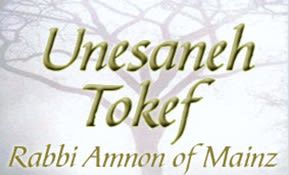
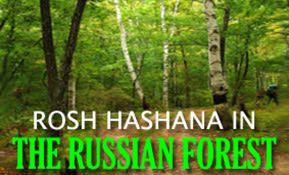
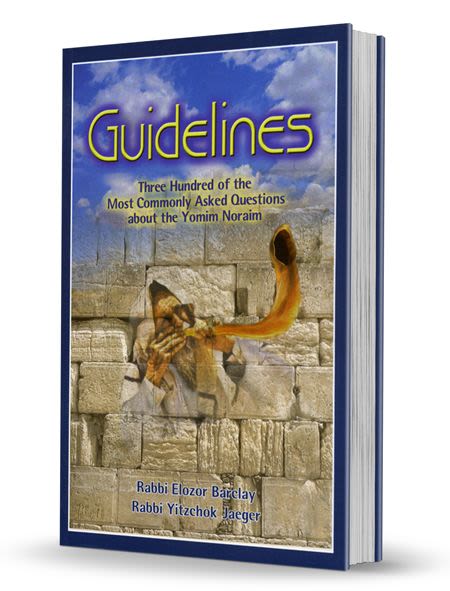
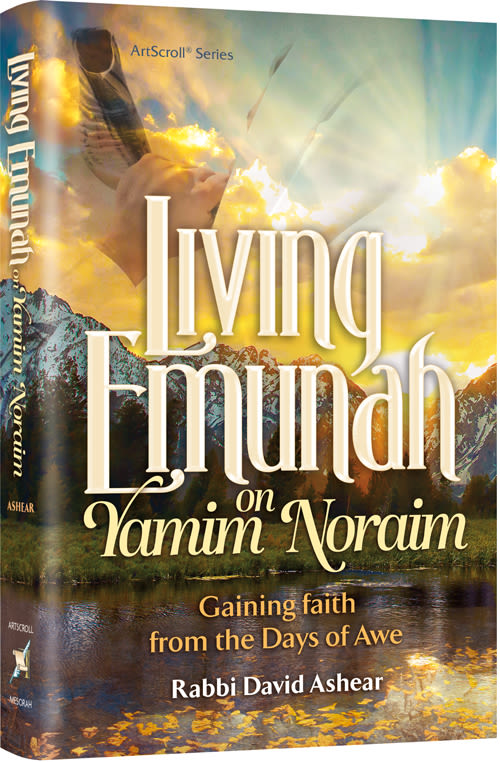

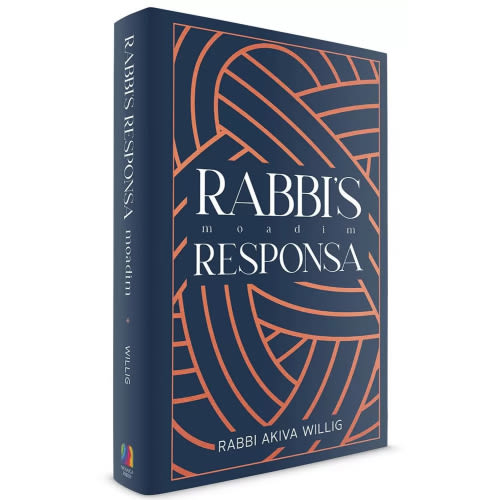
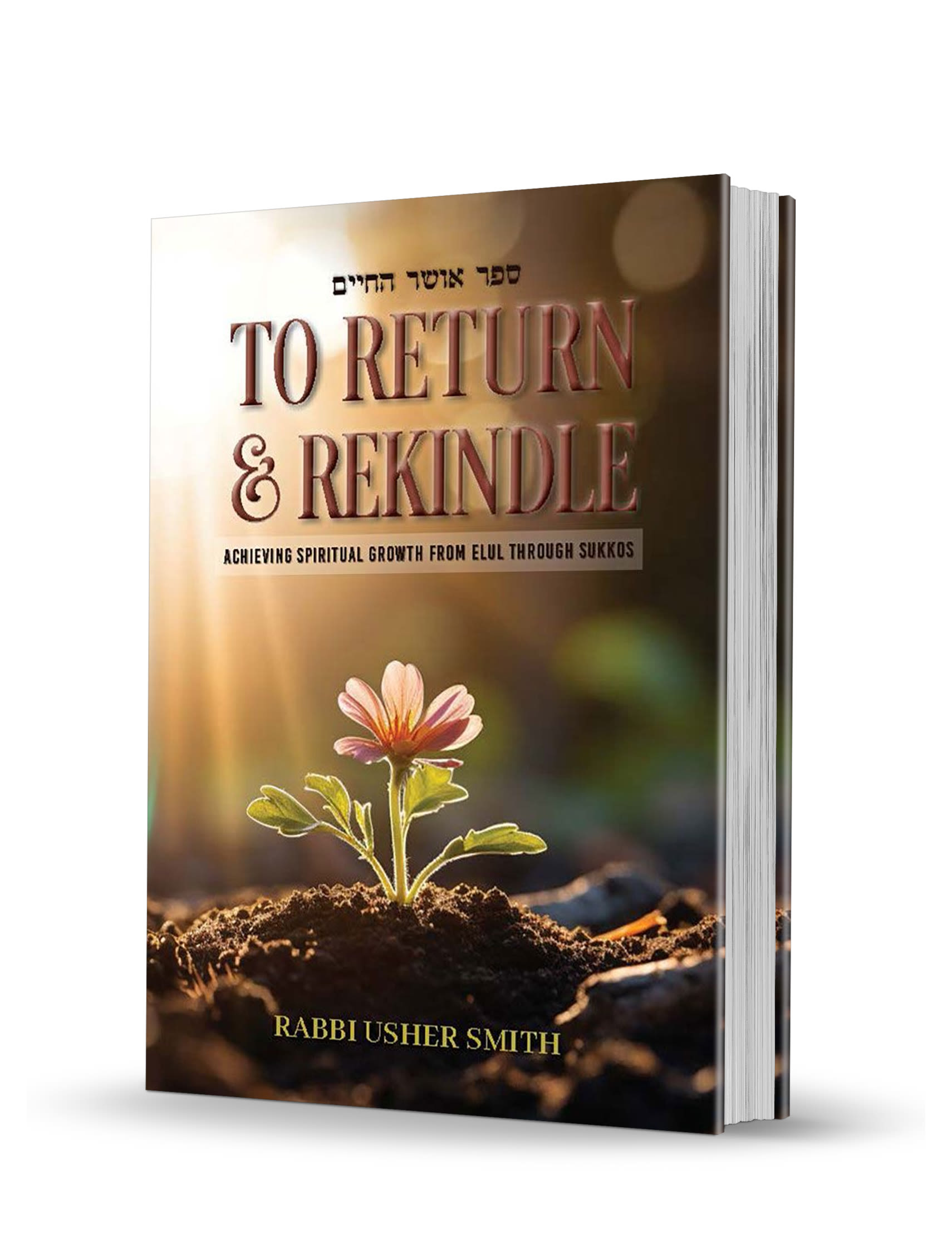
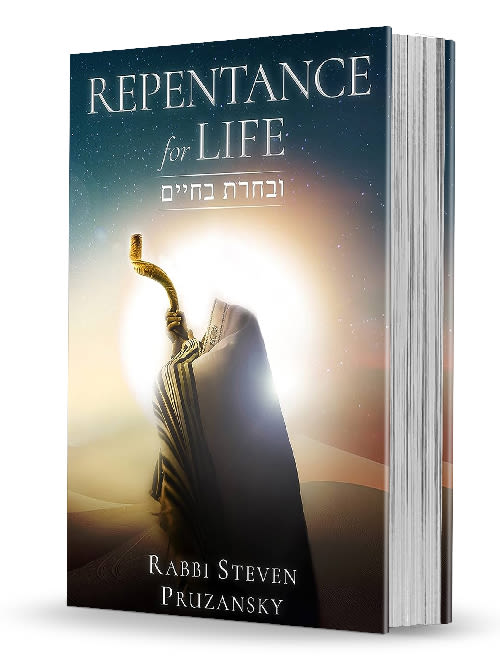
Tell us what you think!
Thank you for your comment!
It will be published after approval by the Editor.